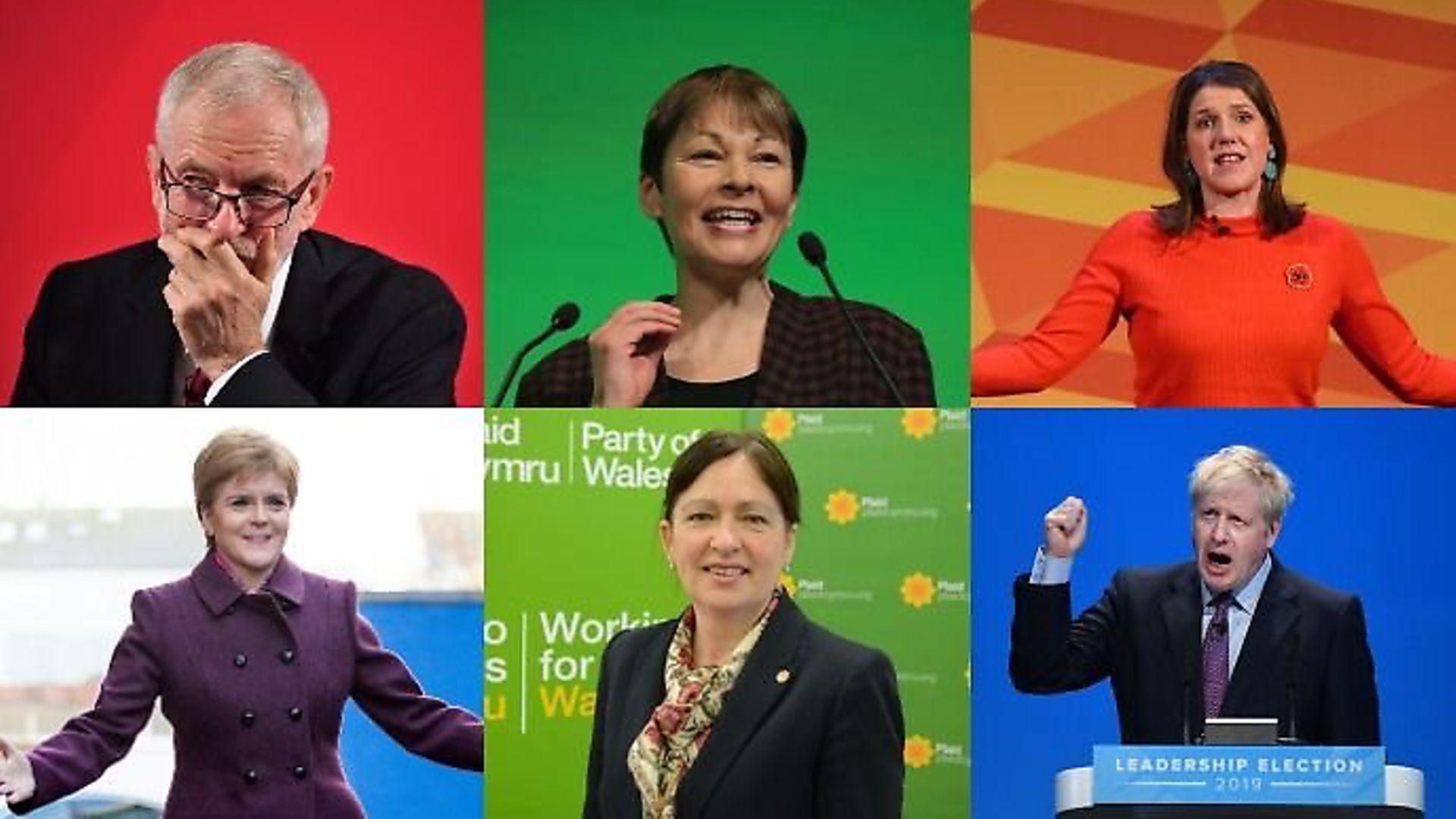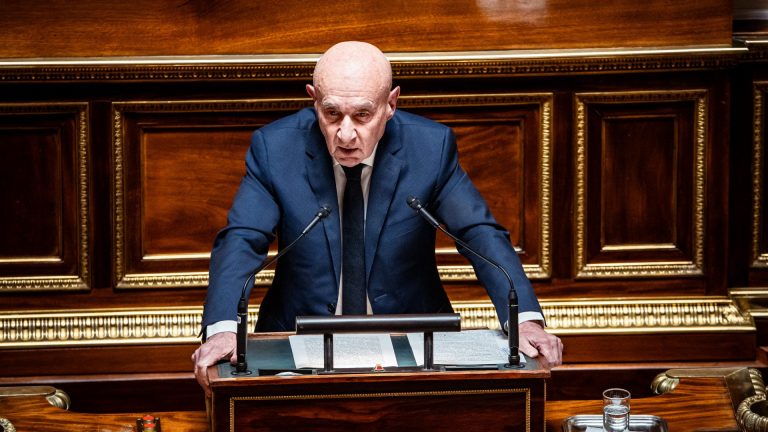
Leading grassroots campaigner MIKE GALSWORTHY dissects what went wrong – and right – and why we must get organised to help with the next campaigning efforts.
The People’s Vote campaign and broader array of Remain/final say movements had a string of successes since 2016 but ultimately fell at a late hurdle. For me, in summary, the People’s Vote campaign itself had its greatest achievements in the parliamentary battle, but was woeful on digital, reach into key demographics and – critically – it left starving the communities on the ground that were needed for success in either another referendum or a general election. We pushed politicians into the right place but did not cover their backs by adequately building structures to support them on the ground.
However, it must be said that no campaign can win it all in isolation – especially in a general election where people are asked to vote for parties. Ultimately, the SNP, Liberal Democrats and Labour all agreed to an election, leaving three years of our work in their hands and leaving us to rely on their ability – or not – to work with each other.
So, what now? To answer that, we first need to look at what went wrong, in terms of Labour and Lib Dem parties, and then the People’s Vote campaign.
Lib Dems and Labour
Both parties were ill prepared for an election and should not have taken the bait in the first place, as many of us were at pains to say at the time. Boris Johnson was trapped in the cage of a rare parliament that was prepared to scrutinise his Withdrawal Bill. He was uncomfortable under the microscope and desperate to break out and tour the country making grandiose promises. You can forgive the SNP, but Lib Dems and Labour dropped a clanger by picking up the gauntlet of a ‘Brexit general election’, where Johnson needed far less than 50% of the vote to validate his vision of Brexit. Those opposition parties compounded their error by failing to work together on a strategy for the remaining majority of votes.
The Lib Dems were overzealous when pragmatism was wanted. At the European elections last May, they got their big break. Like the Brexit Party, they surged. With a new leader coming in a few months later, rising support and MPs joining from other parties, the Lib Dems had remarkable latitude to redefine themselves.
For me, here’s where they went wrong. As soon as Jo Swinson came in, she should have put on a pair of wellies and toured farms in the rural south and Wales to talk about defending British farmers from a reckless Brexit. She should have talked about community values, community protection, community investment, traditional Britain, countryside and shared European standards. In short, go after rural Tory Remainers by adopting a ‘responsible’ position. As for Brexit policy itself, there was no need to spook moderates with a ‘revoke’ stance. Just pledge to put Johnson’s deal, when it came, to a public vote.
Labour, by contrast, needed to hold onto both ‘Workington Man’ and some, but not all, of the youth and inner city Remain base. The party knew this, but the result was to sit on a fence until they grew into it and simply ran out of time and credibility. Ironically, Labour tried to appeal heavily to youth, with their only offering to Workington Man being not to be overly passionate about Remain.
There was no offer for the aspirational, older blue collar worker. Protest politics, free uni and free broadband was a dish that left them uninspired – and Jeremy Corbyn was not able to dispel the tabloid bogeyman image and present himself as a credible, energetic leader of a nation.
With Brexit, the proposition to voters remained wishy-washy and evasively diluted to the end. Precisely no one cared about a Labour Brexit. It’s message should simply have been: “We’ll put Johnson’s deal to a public vote.” Simple. Clinical.
Everything else would then have been clear. But their biggest sin was lack of preparation for their policy in their own Leave-leaning seats. If you know you’ll have to come off the fence, you sure as hell need to ensure you prepare the ground on the side you’re planning to land on.
This preparation simply wasn’t done in those red wall communities that were lost. Such work takes many months. Even after the European elections that scared the Labour leadership enough to shift it officially to the People’s Vote side, this disengagement remained. It was their responsibility and ours jointly. We both failed.
The Remain movement and People’s Vote campaign
Six months before the 2016 referendum, I wrote an article for the Guardian entitled: “The EU vote isn’t just about Westminster – we need grassroots campaigns too.”
It was a critique of the Britain Stronger In campaign for being a top-down, monolithic organisation that wasn’t adequately invested in and supporting the rich array of pro-EU campaigns that were emerging.
Local and sector community voices were needed. Yet celebrities were picked as the spokespeople, with zero persuasion cut-through. Digital was staid, aloof, unengaging and didn’t interact with the community.
Everything was about the singular, centralised message from the top. I hated it. But despite the warning, there was no great change of direction and, in June 2016, the campaign lost.
However, after that defeat, pro-EU campaigns bloomed, regionalised and found their own voices. Throughout the second half of 2016 and 2017 there were divisions of opinion over whether to campaign for a compromise soft Brexit, or to resist Brexit outright.
This was followed by a congealing of grassroots pro-EU campaigns, many events, marches, a community development – but largely under the radar with little media attention.
The formation of the People’s Vote campaign (to which I contributed two founding campaigns: Scientists for EU and NHS for a People’s Vote) was to achieve several objectives: 1) to build critical campaigning mass; 2) to unite under a message that the campaigns could agree on; 3) to find a message that cast the net wider than Remain; and 4) to take a new tack that would gain media relevance and cut-through.
Various pro-EU activists were wary of the message at first. However, the rationale was clear and it worked to seize a new public narrative. It achieved the media cut-through.
My own reservations were different. Specifically, they were that from an early stage, Open Britain, the successor to Stronger In, sought to control the email database, finances and brand. The style of the campaign felt to me like a rapid relapse to the earlier 2016 campaign, with many of the structural flaws returning.
Towards the end of 2018, many local groups began feeling frustrated, fully aware that the new flush of People’s Vote finances and emails gathered by all were being horded in PVHQ rather than being used to strengthen those local groups.
However, circumstances in 2018 dictated that cohesion trumped these concerns about balance of power within the campaign. The main objective was, with Theresa May’s very febrile majority, to convince more MPs from the Labour and Conservative parties to hold Brexit to full parliamentary account and move towards the option of a public vote on any end deal.
We achieved a significant cross-party victory when parliamentary wrangling ensured the extension of the departure date from March 29, 2019, to October 31.
However, I believe the People’s Vote campaign then did not adjust to the shifting sands. Little noticed by many was the effect of the European elections on the Remain-minus-Leave gap. This gap had been drifting open since summer 2017, but at the vote last May it sharply narrowed. Nigel Farage’s Brexit Party was a superb lesson in political entrepreneurship, sweeping up the media narrative and returning many to the pro-Leave fold who had become disenchanted with May’s uninspiring Brexit.
By contrast, the PV campaign’s ongoing mantra of “we demand a People’s Vote” was sounding tired. It had already been lodged as an option but wasn’t shifting the dials anymore.
The six million-plus signature Revoke petition, then the surge of Lib Dems had set a pro-EU hare running, but it wasn’t being backed up by any new funding, structure or robust argumentation. The grassroots were bored of repeating the PV mantra, they wanted to argue for Remain with cut-through material to start shifting opinions on the Remain-Leave axis, which would also give new inspirational pull for a second referendum.
This was particularly important in northern Labour Leave areas, to undermine the ‘elite’ reputation of Remainers. More importantly, we needed the Labour MPs for those areas to be reassured that voters had shifted in order to win their backing.
However, local groups felt unsupported in their efforts to build on the ground. Throughout 2019, I managed to raise and spend some £200,000 on building up the Facebook pages of local pro-EU groups from 100,000 combined followers to 600,000 now, including in some very Leave areas. Yet in addition we needed big investment in local, real-world infrastructure plus message development and testing, specifically for the Labour Leave and Tory Remain demographics.
That was, in my opinion, the time to spin out an outrider pro-Remain campaign and fund local groups – separate from and complementary to the PV core campaign – to champion new regional grassroots voices and messages. We needed a new vision to pull the Overton window across – leaving the core PV campaign firmly in the political middle ground winning over Tory MPs on the mechanistic democracy argument, as it was successfully doing. Unfortunately, this messaging and structural tension got very much caught up in rising internal distrust over who controlled the People’s Vote organisation and the broader movement. The internal debate spiralled and broke into the open where it became an ill-disciplined mess.
But had we done enough at that stage to get a People’s Vote? My concern was that by October 2019, we had won enough in parliament to: 1) force an extension and 2) reject a Brexit deal at a stage of our choosing – but we had not done enough on the ground to convince enough MPs that we could actually win a second referendum.
Nevertheless, a People’s Vote was teetering on the cusp in October and more time dissecting Johnson’s deal on the operating table could have revealed enough flaws that parliamentarians across the board would have seen that its contents would be beatable in a public vote. Accepting a rushed general election to resolve the public acceptability of the deal was simply a gift to Johnson. But it was a move by Lib Dems and Labour that we could not control.
So what now?
This year will be intense. The Conservatives have not stopped campaigning. As Labour and Lib Dems lick their wounds, the government has been quick to try to secure their gains and plug their weaknesses.
The election hit the Tories hard on their reputation with the NHS according to polling I was running. (Incidentally, I poured all my general election campaigning funds into NHS messaging in the northern marginals.) Yet this is where Johnson immediately sought to patch up the damage with NHS promises in the Queen’s Speech. The government also swiftly moved on regional inequality, minimum wage and financial support to farming, while also using that to mask aggressive changes to the Brexit deal. They will remain in incessant campaign mode through 2020.
As to the timetable, we will come out of the EU formally at the end of this month with just 10 months to secure a deal. There will be a Labour leadership election in March probably, which will be hugely defining in terms of the tone of the opposition. That will be followed by local elections in May. Then June is the last opportunity for the UK to extend the implementation period. That likely won’t happen, but the local elections could impact that. The second half of the year will be loaded with threats of a crash-out without a deal. Promises and threats of a US trade deal will play large and finally, in parallel, the politics of Northern Ireland and Scotland will become increasingly oppositional to Westminster.
If you want to know where the Conservative Party will put strategic focus, you need to look at the think tank Onward. These are the people that brought the Workington Man strategy and the onslaught on Labour’s red wall. Matt Hancock and James Cleverly spoke at their election de-brief event. The buzz word for them now is ‘community’. Their focus is local community identity. They have identified that most voters now care much less about individual freedoms and long for more community cohesion, identity and pride.
This is what I have been championing for a year and it is also where we are strong and they are weak – especially with the disruption threats of Brexit to many vulnerable local areas. Our best narrative at this stage is that we wish to protect our communities from Johnson’s reckless Thatcherism 2.0.
Through our local groups we have a national structure. It is far more advanced (on the ground and in social media) than anything on the opposing side. We now need those well-developed local groups to become experts in their constituency political and community structures – food banks, charity initiatives, local events, local businesses, local press. Map it all out, integrate and drive local conversations. We can then map it nationally and transfer best practice between groups. Again, this is particularly important in the northern seats as the tone coming from there will do a lot to shape the Tories’ gameplan on Brexit. That determines our national overarching stance of whether Britain will align more closely with the EU or US. We’ve got a race on to build a redoubtable local ground force and presence in that region for May. Let’s not mess it up.
Alongside effective, hyper-local community opposition to Johnson’s recklessness, we also need to be ensuring an effective political opposition. If you have not joined Labour, the Lib Dems, Greens, SNP, Plaid or Northern Irish pro-EU parties, then make sure you do. We must also ensure that we battle for proportional representation and better cross-party working.
We should never again allow ourselves be in the voting majority but parliamentary minority. Finally, of course we want to battle to rejoin the EU as full members – but that battle can only be won after we’ve built the deep societal and digital structures that have the force to drive such an effort. Let us ensure that in the future we look back and thank ourselves for the work we invested, in this moment now, to build such a national community. This is the future of politics. History is long. Let’s learn our lessons and get ahead of the game.








